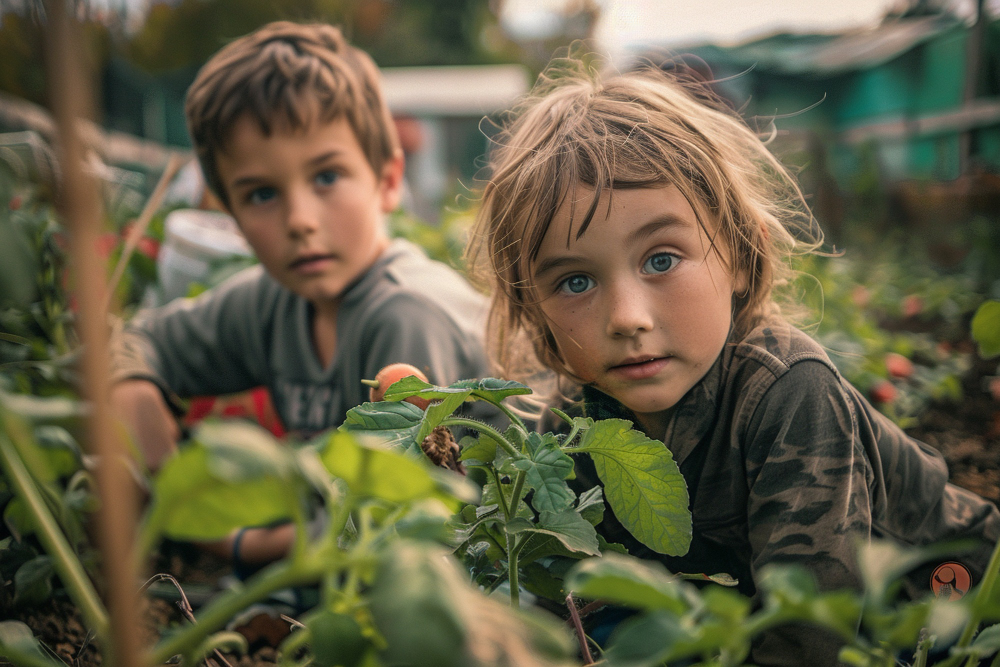Creating a kid-friendly vegetable garden is a fantastic way to engage young gardeners and teach them about nature, responsibility, and the joys of growing their own food. A garden designed with children in mind can be a place of learning, exploration, and fun. This guide will provide practical tips for designing a garden that captivates and educates young minds while fostering a love for gardening.
Choosing the Right Vegetables
Select vegetables that are easy to grow and quick to harvest to keep kids interested and motivated. Radishes, cherry tomatoes, lettuce, and snap peas are excellent choices because they grow quickly and can be harvested within a few weeks. Pumpkins and sunflowers are also great options, as they grow large and can be exciting for kids to watch develop.
Designing the Garden Layout
Create a layout that is easy for children to navigate. Raised beds or containers at a height accessible to kids can make planting and maintenance more manageable. Design pathways between planting areas to provide easy access and prevent soil compaction. Including a dedicated space for kids to dig and explore freely can also add to their enjoyment and learning experience.
Incorporating Fun Elements
Make the garden visually appealing and interactive to keep children engaged. Consider adding whimsical elements like colorful signs, garden gnomes, or painted rocks. Including a small seating area or a garden bench can provide a place for kids to sit and observe their plants. A sunflower house or bean teepee can create a magical, hidden space for children to play in while being surrounded by nature.
Teaching Gardening Basics
Use the garden as an outdoor classroom to teach kids about basic gardening principles. Show them how to plant seeds, water plants, and recognize different vegetables. Explain the importance of sunlight, water, and soil health. Encourage them to keep a gardening journal where they can draw pictures of their plants, record growth, and note observations.
Making Gardening a Family Activity
Gardening can be a bonding experience for the whole family. Plan regular gardening days where everyone can participate in planting, weeding, and harvesting. Celebrate the fruits of your labor by preparing meals together using the vegetables you’ve grown. This not only reinforces the connection between garden and table but also teaches kids about healthy eating.
Ensuring Safety
Ensure the garden is a safe space for children by using non-toxic materials and avoiding sharp tools. Educate kids about garden safety, including the proper way to handle tools and the importance of washing hands after gardening. Supervise younger children closely to ensure they stay safe while exploring and working in the garden.
By creating a kid-friendly vegetable garden, you can inspire a lifelong love of gardening in your children. This engaging and educational activity can provide countless benefits, from fostering a connection with nature to teaching valuable life skills.


Leave a Reply